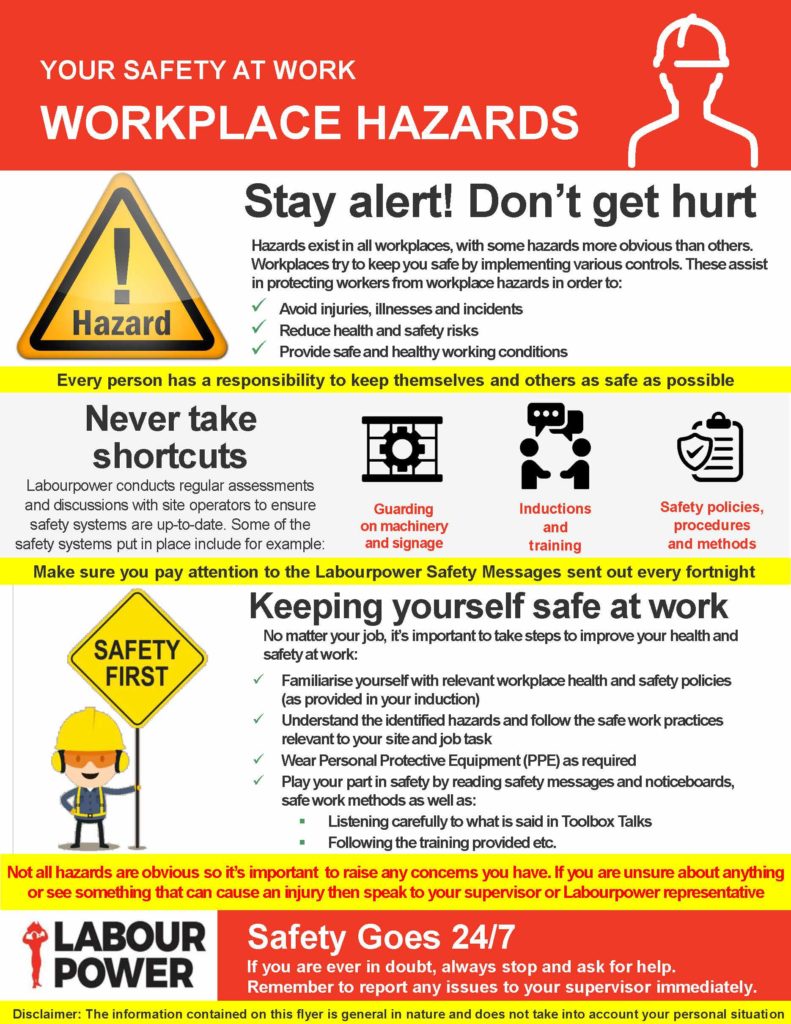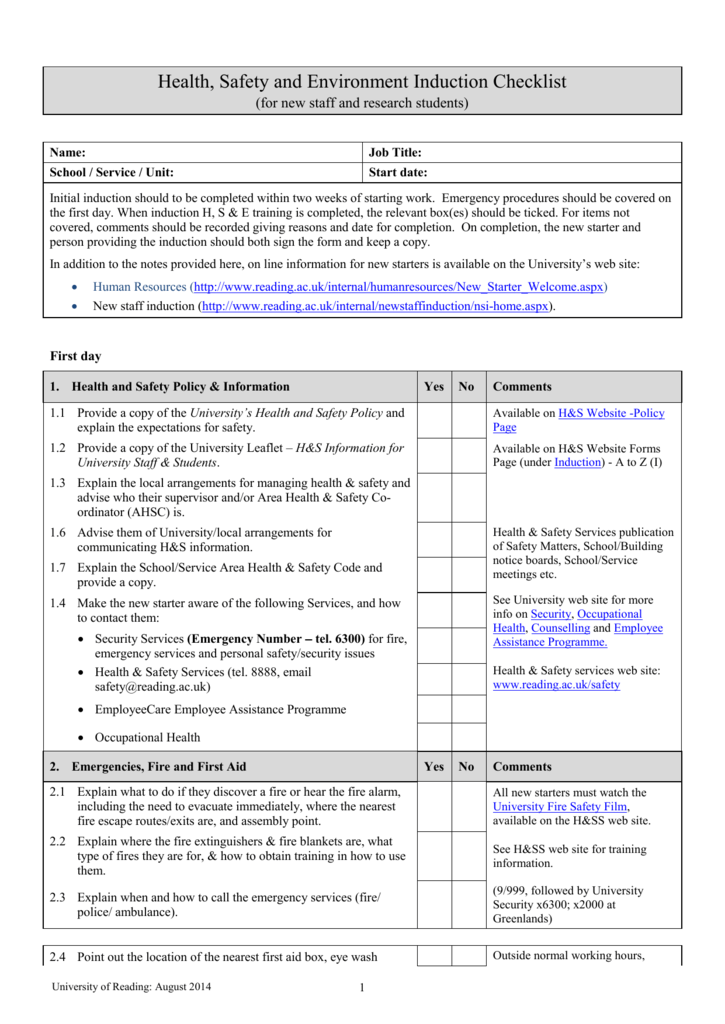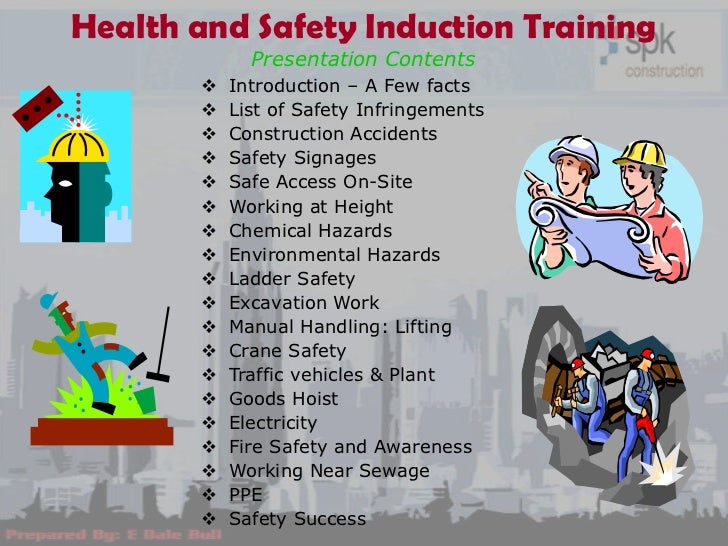Safety Induction Presentation
| Introduction to Safety Induction | ||
|---|---|---|
| Safety induction is a crucial process in ensuring the well-being of employees. It is the initial training provided to new employees to educate them about potential hazards and safety protocols. The goal of safety induction is to create a safe and healthy work environment. | ||
| 1 | ||
| Importance of Safety Induction | ||
|---|---|---|
| Safety induction helps employees understand the potential risks associated with their job. It ensures that employees are aware of the safety procedures and protocols in place. By providing safety induction, employers demonstrate their commitment to employee well-being. | ||
| 2 | ||
| Key Elements of Safety Induction | ||
|---|---|---|
| Overview of workplace hazards and risks specific to the industry or organization. Explanation of emergency response procedures, including evacuation routes and assembly points. Introduction to personal protective equipment (PPE) and its proper usage. | ||
| 3 | ||
| Benefits of Safety Induction | ||
|---|---|---|
| Reduces the likelihood of workplace accidents and injuries. Enhances employee confidence and promotes a safety-conscious culture. Increases employee productivity and job satisfaction. | ||
| 4 | ||
| Safety Induction Process | ||
|---|---|---|
| Conduct a comprehensive workplace assessment to identify potential hazards. Develop and implement a customized safety induction program. Ensure that all new employees receive the necessary training within their first week. | ||
| 5 | ||
| Safety Induction Training Methods | ||
|---|---|---|
| Classroom training: Instructor-led sessions that provide theoretical knowledge and practical demonstrations. E-learning: Online modules that allow employees to complete the training at their own pace. On-the-job training: Shadowing experienced employees to learn safety procedures specific to their role. | ||
| 6 | ||
| Evaluation and Feedback | ||
|---|---|---|
| Regularly assess the effectiveness of the safety induction program. Encourage employees to provide feedback on the training content and delivery methods. Use feedback to make necessary improvements and updates to the program. | ||
| 7 | ||
| Continuous Improvement | ||
|---|---|---|
| Stay updated on industry best practices and regulations related to workplace safety. Conduct regular refresher training sessions to reinforce safety knowledge. Foster a culture of continuous learning and improvement in regards to safety. | ||
| 8 | ||
| Case Studies | ||
|---|---|---|
| Share success stories of how safety induction has prevented accidents and injuries. Highlight real-life examples where safety induction training made a significant impact. Use case studies to emphasize the importance of safety induction to new employees. | ||
| 9 | ||
| Conclusion | ||
|---|---|---|
| Safety induction is an essential part of onboarding new employees. It creates a foundation of knowledge and awareness to ensure a safe working environment. By investing in safety induction, organizations prioritize the well-being of their employees and protect their business interests. | ||
| 10 | ||








